New Atlantic cod stock structure to be incorporated into fisheries management
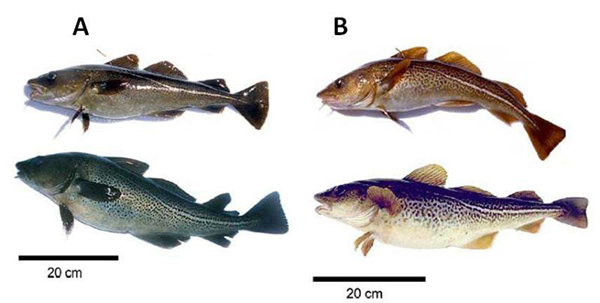
An international group of researchers has inventoried, summarized and analyzed all relevant peer-reviewed information about the Atlantic cod stock structure off New England. The researchers, which form the Atlantic Cod Stock Structure Working Group (ACSSWG), have determined that cod found off New England occurs in five distinct populations.
They have further identified these as an offshore Georges Bank population and four inshore populations. They include a mixed stock composed of spring and winter spawners in the southern Gulf of Maine.
Since 2021, the Northeast Fisheries Science Center and the New England Fishery Management Council have considered both the management and stock assessment of these newly proposed biological cod stocks.
“The assessment is currently moving from the old two-stock structure to a new stock structure that will better match our new understanding of the biological stocks,” said Charles Perretti, NOAA Fisheries stock assessment scientist and one of the leads for the assessment. “This work is ongoing and is scheduled for peer review this year. After that, fishery managers will decide how to incorporate the new stock structure into management.”
The Atlantic cod stocks have declined significantly since the 1990s. Despite efforts to reduce fishery catch and support the species’ ability to thrive, these stocks have not had much success in rebuilding. There are many complexities to understanding and improving the condition of cod stocks, but the researchers hope that improved recognition of population structure may help.
Stock assessment scientists and fishery managers hope this work will help prevent further loss of Atlantic cod spawning components, as well as better guide adjustments of allowable catch to balance fishing mortality across populations. It could also help facilitate the recovery of currently declined stocks and strengthen the resiliency of the populations that exist within fishing areas.
“New methods and funding are needed to sort out the data for two separate stocks in the mixed area, as well as to improve the data quantity in the data-poor areas, but these issues have been clearly identified for the future,” said Rich McBride, a co-chair of the working group.
Now that you've reached the end of the article ...
… please consider supporting GSA’s mission to advance responsible seafood practices through education, advocacy and third-party assurances. The Advocate aims to document the evolution of responsible seafood practices and share the expansive knowledge of our vast network of contributors.
By becoming a Global Seafood Alliance member, you’re ensuring that all of the pre-competitive work we do through member benefits, resources and events can continue. Individual membership costs just $50 a year.
Not a GSA member? Join us.
Author
Tagged With
Related Posts
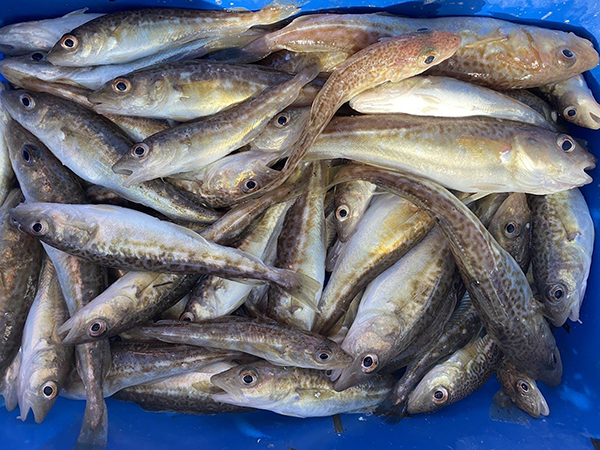
Fisheries
DNA testing identifies juvenile coastal cod in Sweden thought to be extinct
Using DNA testing, a new study has found that there is still a cod population that spends all its life off the west coast of Sweden.
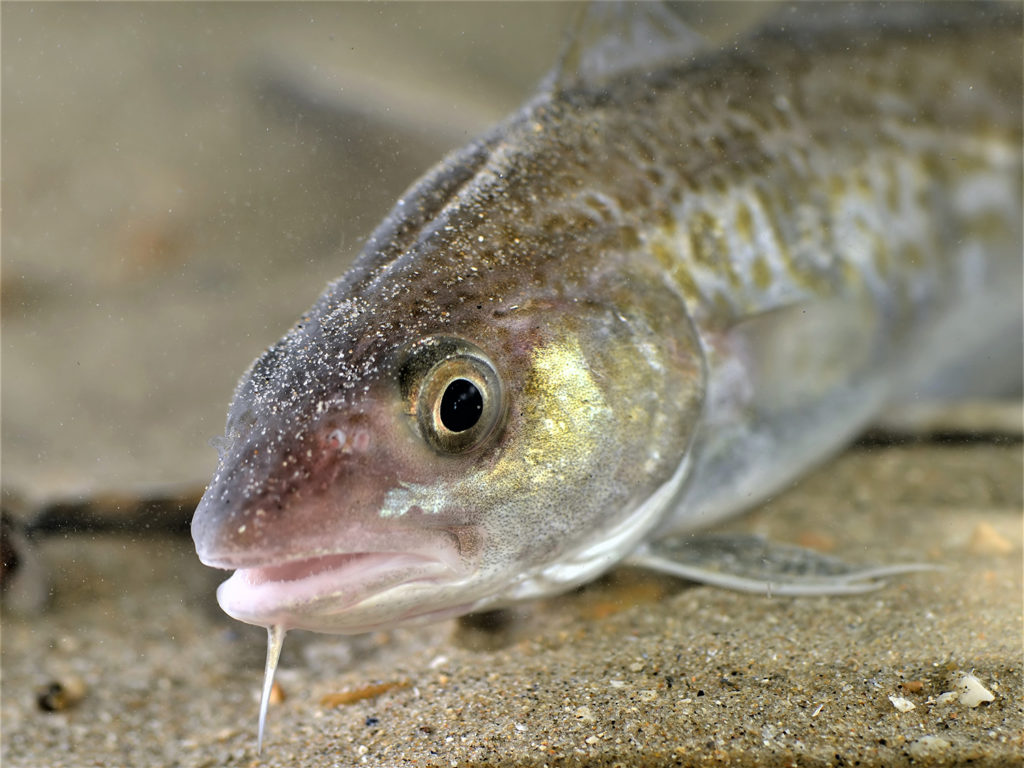
Aquafeeds
Effect of alternate‐day feeding on growth and feed conversion in Atlantic cod
Alternate‐day feeding in Atlantic cod juveniles in Norway resulted in higher weight gain, improved growth and lower feed conversion ratio.
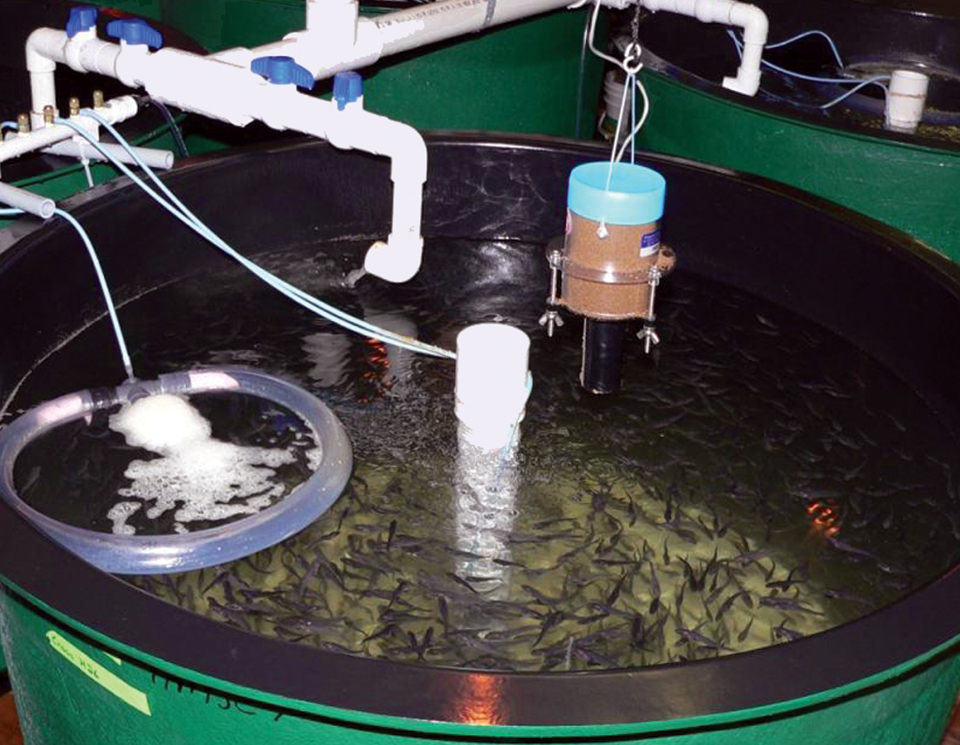
Health & Welfare
Atlantic cod genomics and broodstock development project
The Atlantic Cod Genomics and Broodstock Development Project has expanded the gene-related resources for the species in Canada.
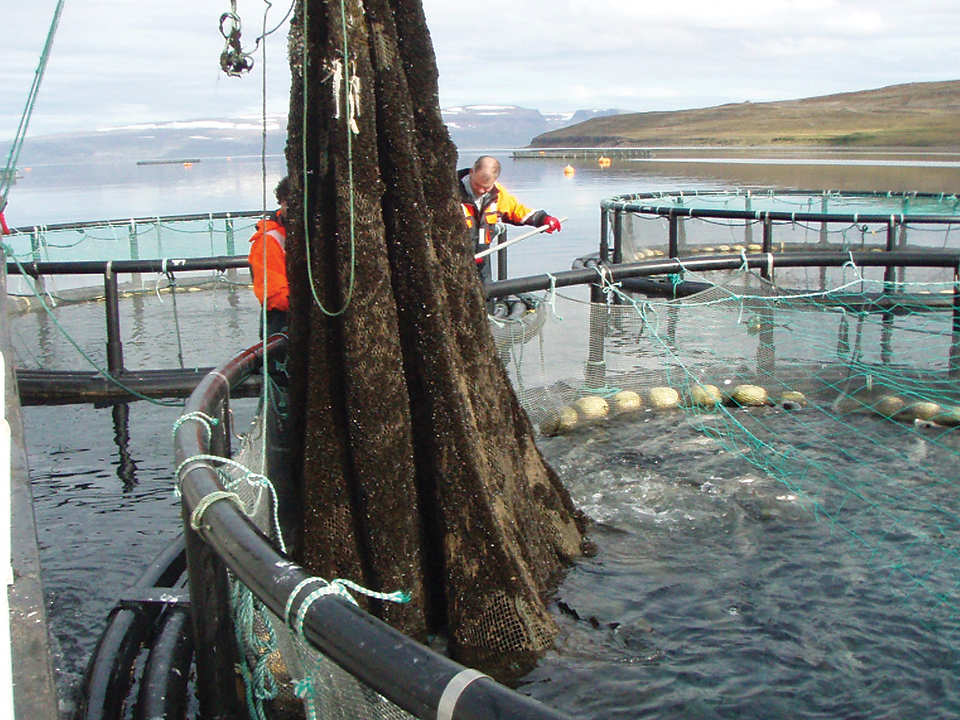
Health & Welfare
Photoperiod regulation inhibits spawning, promotes growth in Atlantic cod
Research has shown that an extended photoperiod for Atlantic cod females leads to reduced gonadal growth, faster body growth and shorter grow-out production periods.



